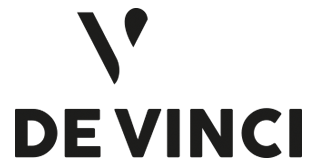@article{zaifri_2354,
title = {From Earlier Exploration to Advanced Applications: Bibliometric and Systematic Review of Augmented Reality in the Tourism Industry (2002-2022)},
author = {Mohamed Zaifri and Hamza Khalloufi and Fatima Zahra Kaghat and Ahmed Azough and Khalid Alaoui Zidani},
url = {https://www.mdpi.com/2414-4088/7/7/64},
year = {2023},
date = {2023-06-01},
journal = {Multimodal Technologies and Interaction},
volume = {7},
number = {7},
pages = {64},
abstract = {Augmented reality has emerged as a transformative technology, with the potential to revolutionize the tourism industry. Nonetheless, there is a scarcity of studies tracing the progression of AR and its application in tourism, from early exploration to recent advancements. This study aims to provide a comprehensive overview of the evolution, contexts, and design elements of AR in tourism over the period (2002-2022), offering insights for further progress in this domain. Employing a dual-method approach, a bibliometric analysis was conducted on 861 articles collected from the Scopus and Web of Science databases, to investigate the evolution of AR research over time and across countries, and to identify the main contexts of the utilization of AR in tourism. In the second part of our study, a systematic content analysis was conducted, focusing on a subset of 57 selected studies that specifically employed AR systems in various tourism situations. Through this analysis, the most commonly utilized AR design components, such as tracking systems, AR devices, tourism settings, and virtual content were summarized. Furthermore, we explored how these components were integrated to enhance the overall tourism experience. The findings reveal a growing trend in research production, led by Europe and Asia. Key contexts of AR applications in tourism encompass cultural heritage, mobile AR, and smart tourism, with emerging topics such as artificial intelligence (AI), big data, and COVID-19. Frequently used AR design components comprise mobile devices, marker-less tracking systems, outdoor environments, and visual overlays. Future research could involve optimizing AR experiences for users with disabilities, supporting multicultural experiences, integrating AI with big data, fostering sustainability, and remote virtual tourism. This study contributes to the ongoing discourse on the role of AR in shaping the future of tourism in the post COVID-19 era, by providing valuable insights for researchers, practitioners, and policymakers in the tourism industry.},
note = {- CiteScore 2022 : 4.3,
- SJR 2022 : 0.504,
- SNIP 2022 : 1.163
- Q2 (computer science applications)},
keywords = {},
pubstate = {published},
tppubtype = {article}
}












